|
This blog post has seen several updates since I first wrote it in 2015. Here is a little table of contents to the different updates for this resource :)
Science is all about finding patterns.
Overview
The basis of the activity is that groups are given a cube with 5 of the 6 sides filled out with letters, numbers, and shapes in some sort of predictable pattern. Their task is to figure out what needs to go on that missing side. There are several examples of this activity posted online (1, 2, 3) but I decided to make my own because I wanted to have multiple levels to challenge all of my students. I have included a printable template to fold, stickers to make mini cubes, and links to virtual cubes to use in your own classrooms.
If you are looking for something a little more durable that will last year after year, I made my set out of some spare 4x4's that I cut up into cubes with laminated side labels. If you don't have access to the materials or tools to make big ones like these, see the end of this post for an update about how to make mini wooden inquiry cubes with craft blocks and address label stickers.
Introduction
Activity
After the introduction, I explain the other three levels of difficulty and let the students work with a partner to decode the missing sides. My role from this point on, is simply as a checkpoint. Students are allowed to present their predictions to me up to 3 times but I will only tell them whether or not they have completed the task 100% correctly or not. Many times, they are only missing one or two small details, but they have recheck all of their work because they don’t receive any clues about where their prediction isn’t matching. This can be very frustrating for anyone, but given enough time to struggle through it, every group completes at least one cube before class is over.
Reflection
To wrap up class, I find that it’s useful to reflect specifically on the process of the challenge itself. There is an excellent TED talk about grit being the key to success, and in many ways, I think this activity brings that out in many students. As stressful and frustrating as this experience can be for some, they recognize that it was through that struggle that they eventually succeeded. This a very powerful message, and one that is easy to reflect back to later on in the year when the different challenges emerge.
Of course, it is also fun to talk about examples of where patterns emerge in science and where patterns show up even though without causation, but I’ll leave that discussion for another post. Level "Unknown" - (Blog Post)
Sometimes, the reality that we are predicting can be measured to confirm or disprove our theories but many times, all we are able to do is to add evidence and reasoning to support our ideas knowing that we may never know for certain. On first glance, it looks like this final cube is just another design for students to interpret but this challenge is less about searching for one right answer, and more about defending and refining one of many possible interpretations. This would make a great follow up activity once students have had a chance looking at levels 1-3 and getting used to normal of every cube having one target solution. The ambiguity of the patterns made it a significantly more complex design so it got a blog post of its own :)
Files
Below are the files for the 5 levels of inquiry cubes I designed. Please use and share freely for non-commercial purposes. Please get in touch with me if you have questions or ideas!
Mini Inquiry Cubes
Mini Inquiry Cube Materials
The materials are relatively inexpensive and can be easily found on Amazon to make 50 cubes for under $20.
Address Label Stickers
Printable Sticker Files
Virtual Cubes
In an effort to make this activity accessible for online learners, I have also created a virtual cube that can be manipulated by clicking and dragging. Nothing beats a physical, hands-on experience , but this virtual cube at least makes the activity possible without students needing to spatially interpret an unfolded cube design.
The link below is for a Google Site with each of the virtual cubes embedded as a separate webpage. This link could be shared with students if you don't want to have several links to organize. However you choose to share it with students, I recommend not linking directly to this blog post since it contains the solutions ;) Virtual Inquiry Cubes Shareable Website The links below are for individual full-screen interactives for each of the designs. Other Introductory/Teambuilding Tasks
Comments
|
Joe CossetteFather, Physics Teacher, Knowles Fellow, Friend, Techie, and Musician Blog Posts |
||||||||||||||||||||||||||||||||||||||||||||||||||||||||||||||||||||||||||||||||||||||||||||||||||||||||||||||||||||||||||||
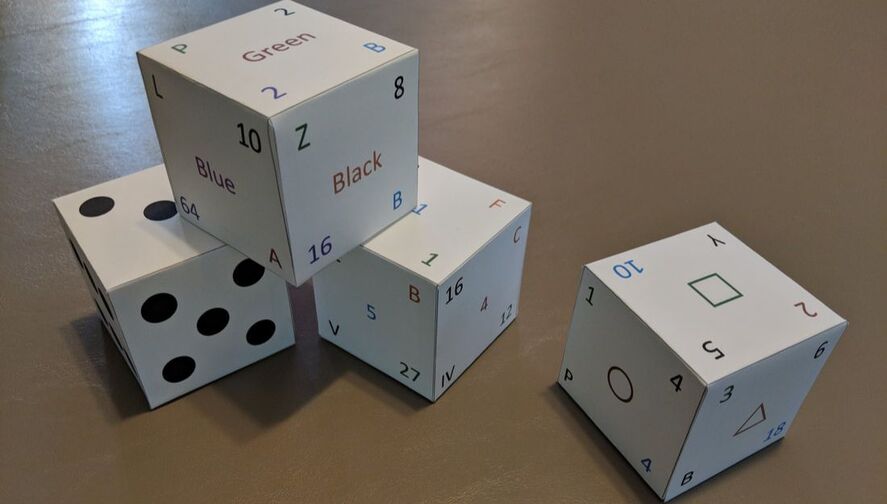
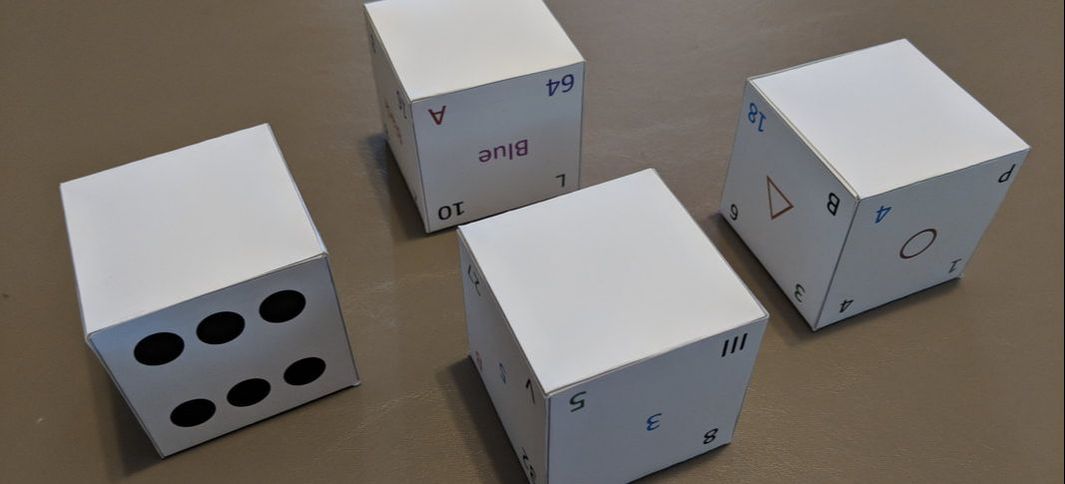




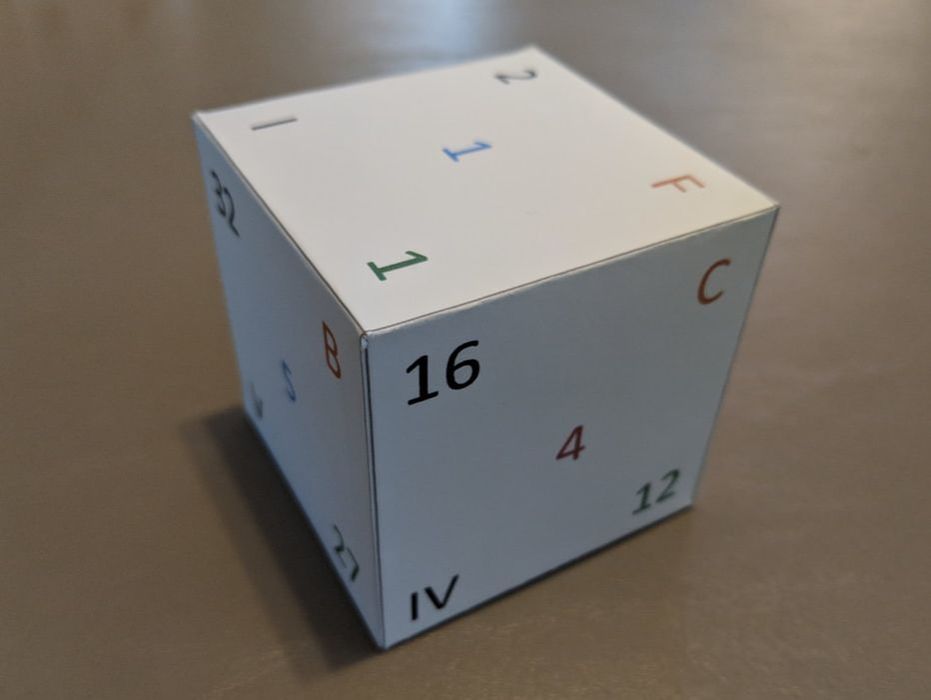

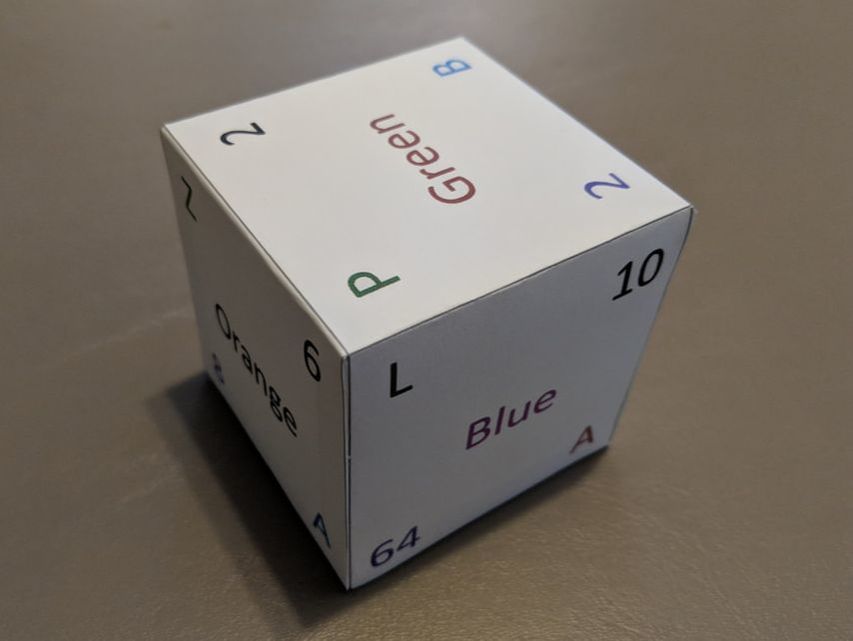
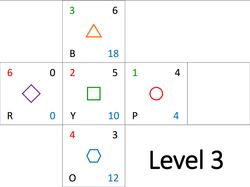
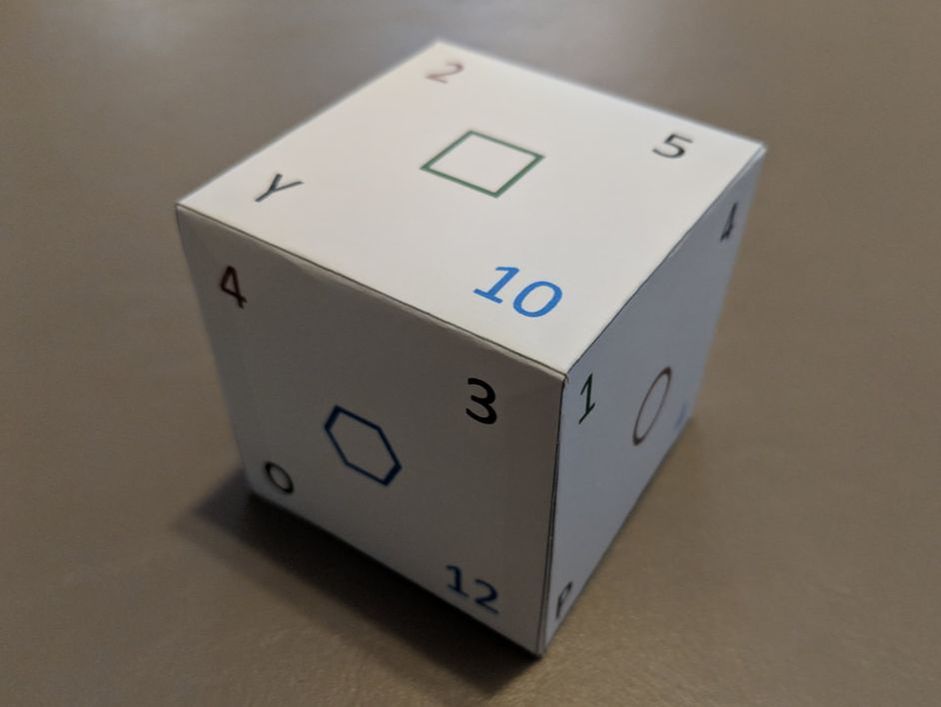

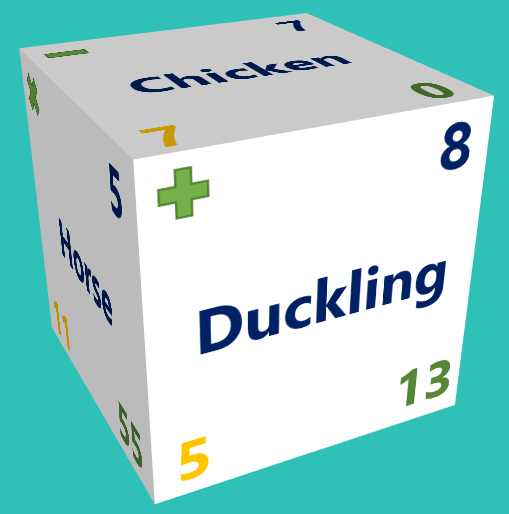
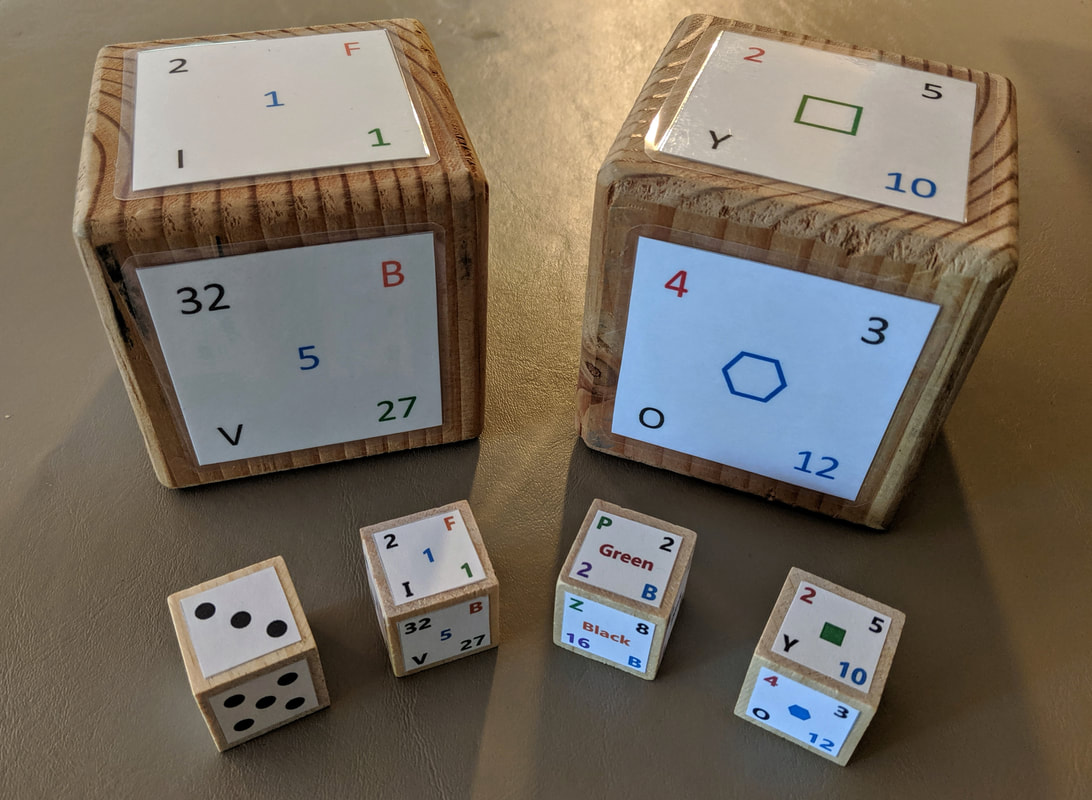
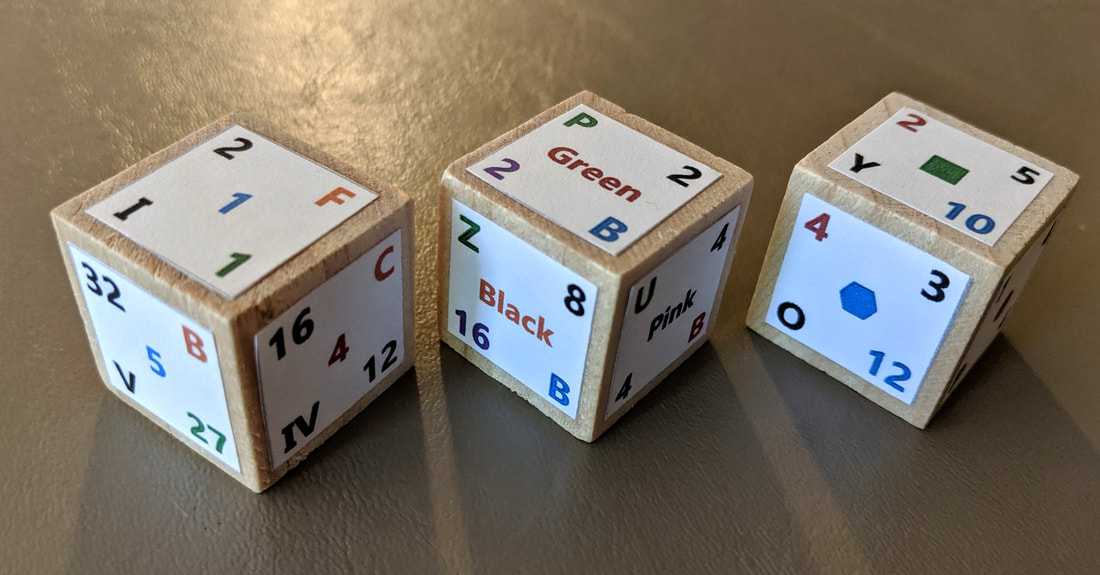
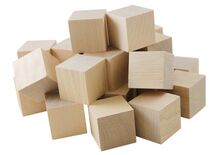
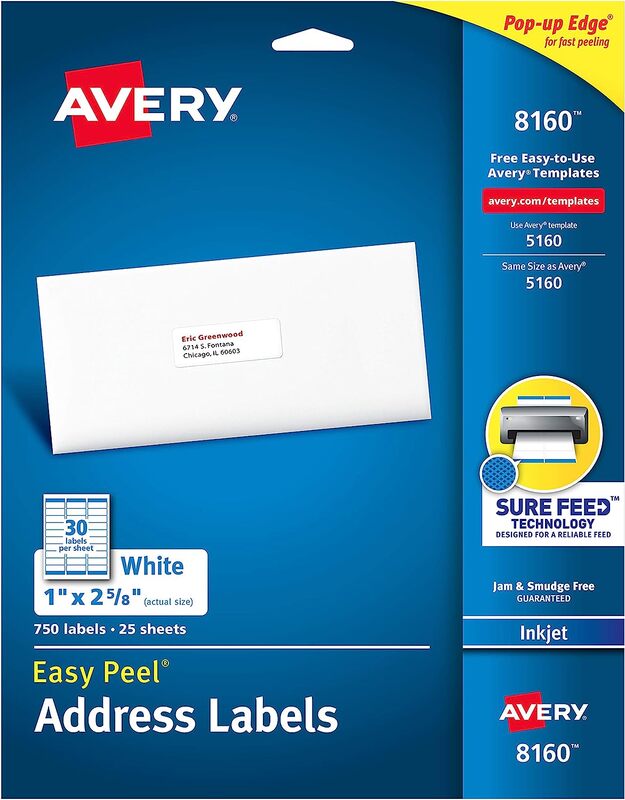
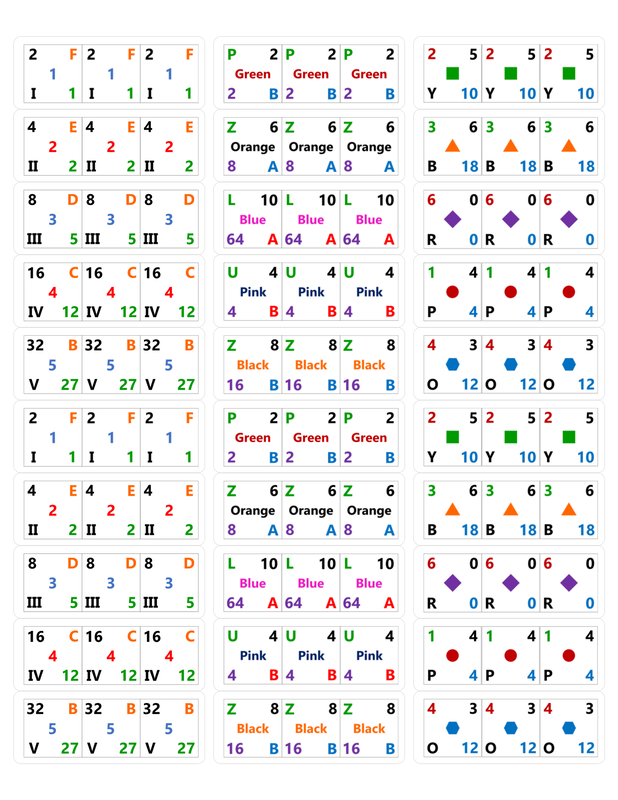
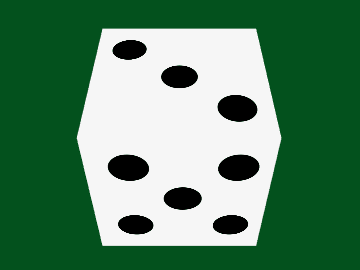
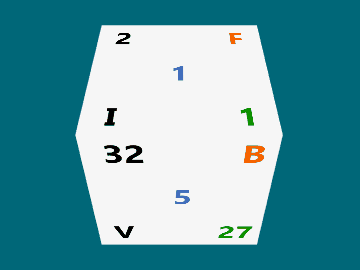

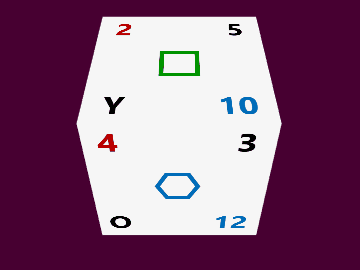
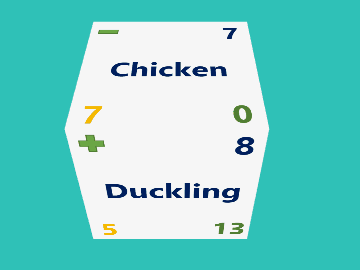
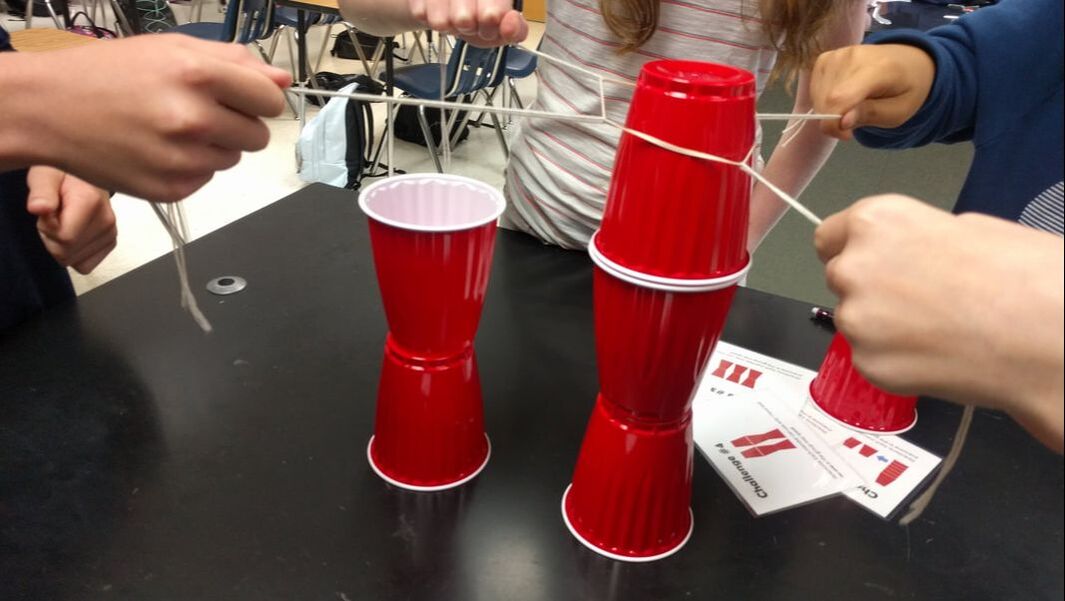
 RSS Feed
RSS Feed

